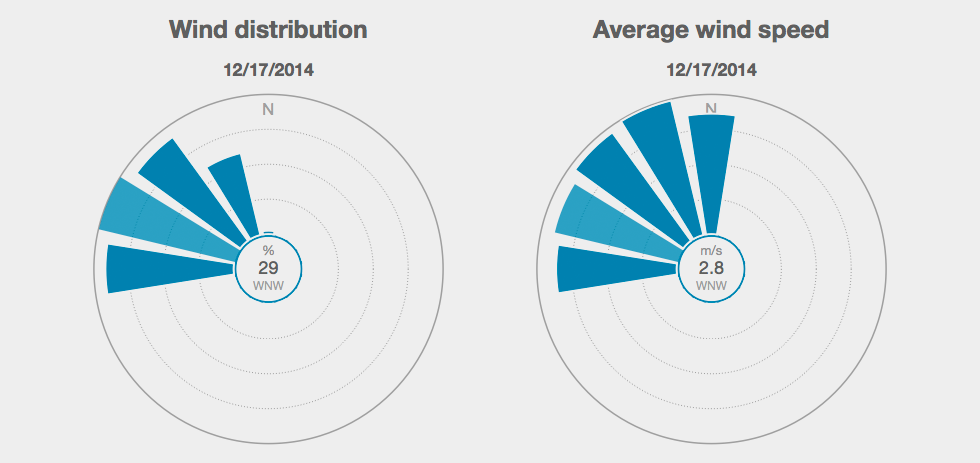
However, increased emission of CH 4, mainly due to human activities, could perturb the equilibrium state. Thus, in comparison with CO 2, CH 4 can attain a steady-state condition and start to decrease reasonably fast if emissions are stabilised or reduced.

Unlike CO 2, methane has a relatively short lifetime of approximately 10 years 16. CH 4 emissions from anthropogenic sources in India have increased from 18.85 to 20.56 Tg year −1 from 1985 to 2008 15. The water vapour variation in the upper troposphere and lower stratosphere is highly significant due to its impact on global warming. CH 4 is the main contributor to the increase in stratospheric water vapour, following the loss by reaction with OH radical 14. Apart from being a potent greenhouse gas, CH 4 plays an active role in tropospheric chemistry. The pre-industrial CH 4 concentration was estimated to be 700 ppb, but increased anthropogenic activities have resulted in a steady increase of atmospheric CH 4, up to 1803 ppb in 2011 12, 13. Methane (CH 4) is the second-largest contributor, among the anthropogenically produced species, to global warming with a positive radiative forcing of about 0.48 ± 0.05 W m −2 2. This requires a robust network of continuous monitoring of CO 2 concentration and determining its fluxes from different reservoirs 4, 9, 10, 11. A better understanding of the carbon exchange process, especially on a short temporal and spatial timescale, is necessary to have a better estimate of the carbon budget 7, 8. The exchange of carbon among the various reservoirs is controlled by complex biogeochemical processes and takes place on various timescales 6. About one-fourth of the CO 2 emissions from the anthropogenic activities (fossil-fuel consumption, cement production, and land cover land-use changes) have been absorbed by the ocean and another one fourth by the terrestrial biosphere during the 2000s 1, 5. The atmospheric concentration of CO 2 has progressively increased since the beginning of the industrialisation, from 280 ppm (in 1700) to a current level of more than 410 ppm. The balance in CO 2 is being perturbed due to the anthropogenic emission of CO 2 and its feedback with the global climate change since the industrialisation 4. CO 2 is continuously being exchanged between the terrestrial biosphere, ocean, and the atmosphere 3 and maintained a more or less steady-state, until about 1750. CO 2 contributes 73% of all positive radiative forcing of the Earth's environment since the pre-industrial era, circa 1750s 1, 2.

Still, it plays the most significant role in the radiation balance of the planet among the species produced anthropogenically. The study suggests that the GHG dynamics in the western region of India are significantly influenced by monsoon circulation, especially during the summer season.Ĭarbon dioxide (CO 2) is one of the minor (~ 0.4% of all gaseous species) constituents of the atmosphere. However, CH 4 exhibits a dual-peak like pattern in pre-monsoon. CO 2 poses significant diurnal variations in monsoon and post-monsoon. CH 4 (CO 2) attains its minimum concentration during monsoon (post-monsoon), whereas CO 2 (CH 4) reaches its maximum concentration during pre-monsoon (post-monsoon). They also exhibit significant seasonal variabilities at this site. The average concentrations of CO 2 and CH 4 observed during the study period are 406.05 ± 6.36 and 1.97 ± 0.07 ppm (µ ± 1σ), respectively. Towards this, we have measured CO 2 and CH 4 concentration at Sinhagad, located on the Western Ghats in peninsular India.

Apart from the anthropogenic activities, the GHGs dynamics in India are governed by the biospheric process and monsoon circulation however, these aspects are not well addressed yet. India is undergoing rapid economic development, where fossil fuel emissions have increased drastically in the last three decades.

Wind roses of station names starting from K to Z are in Section-B.Amongst all the anthropogenically produced greenhouse gases (GHGs), carbon dioxide (CO 2) and methane (CH 4) are the most important, owing to their maximum contribution to the net radiative forcing of the Earth. Section-A contains wind roses for stations whose name starts from alphabet A to J. This publication is divided into two sections, Section- A and Section-B. Network of India Meteorological Department. The wind roses in this publication are based on wind data recorded at by 180 surface meteorological observatories under the It is a very useful representation as a large quantity of data has been summarised in a simple graphical plot. The wind rose is a method of graphically representing the occurrence of winds at a location, showing their strength, direction and frequency.


 0 kommentar(er)
0 kommentar(er)
